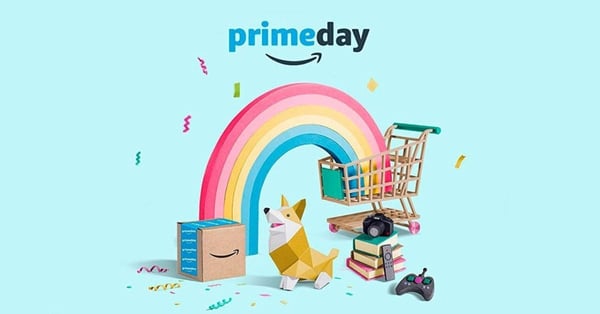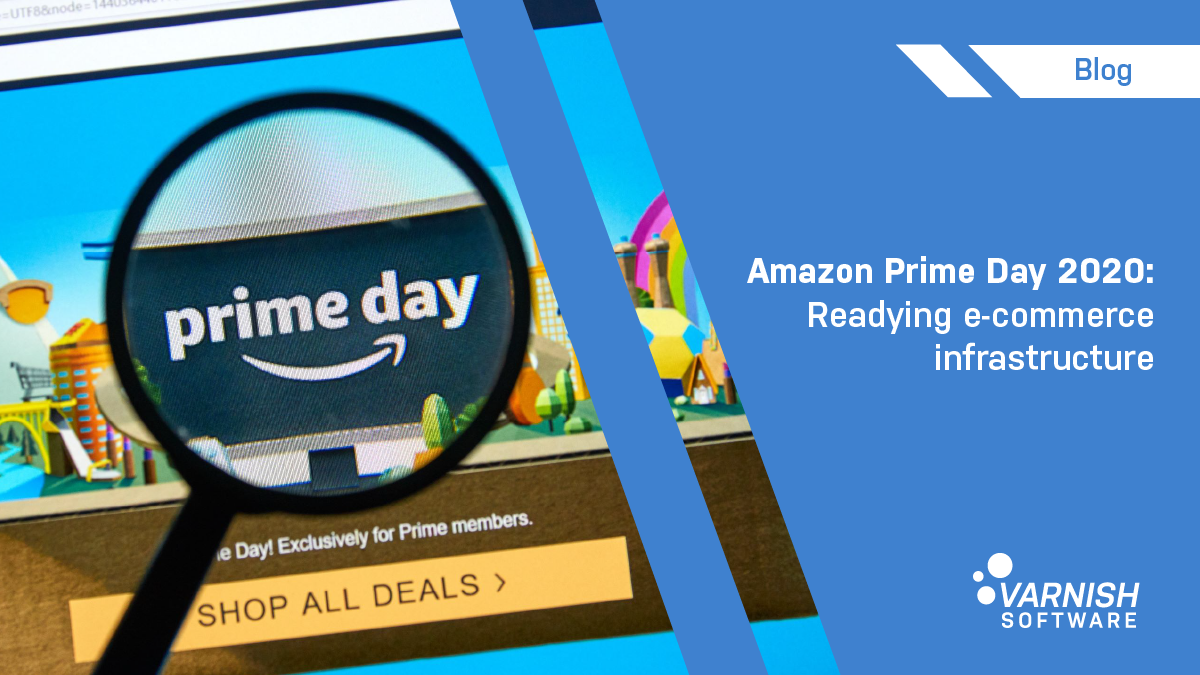Ahead of this year’s Amazon Prime Day, moved this year to October 13 and 14, 2020, and other major online shopping days, such as Singles Day and the Cyber Five weekend in late November, it’s worth examining both e-commerce best practices for big shopping periods and how much e-commerce has changed since last year.

Online shopping became part of critical infrastructure during the Covid-19 crisis, and the sweeping change to home delivery of essentials has become permanent. We’ve discussed how shoppers globally have adopted new habits for getting their groceries and daily goods.
But other retail sectors, such as apparel, despite seeing some slowdown during Covid, have predicted a permanent shift to online purchases as they recover; Nike is one of these. They’ve bounced back from a “coronavirus slump” to hit an 82% increase in online sales in summer 2020. The same cannot be said for the brick-and mortar Nike stores.
Prime time
Considering the move to all-online shopping, and people’s growing willingness to start spending on non-essentials again, it’s an ideal time for Amazon to launch this year’s delayed Amazon Prime Day. Deals have already been launched ahead of the day itself. We’re entering the “shopping event” season: Singles Day, Cyber Five, and so on -- how will these be affected in given the disruptive nature of Covid and the inability for consumers to go out and shop in person?
Prepare now for e-commerce success
Covid’s consequences for online shopping have led to a few upsides. One is that many retailers -- particularly those selling essential goods -- have prepared their infrastructures for the always-on nature of e-commerce. They can now manage unpredictable traffic and deliver a good user experience, even in periods of high demand. Removing bottlenecks and improving infrastructure has helped cut down on page rendering time and boosted traffic capacity.
But this hasn’t been the case for all retailers, especially those who do the bulk of their business in the fourth quarter of each year with back-to-back holiday shopping events. With this in mind, what are some best practices for getting ready now and for future demand?
- Get the e-commerce basics right: Speed, page load time, ensure uptime, anticipating demand
- Be ready with a cloud caching solution to be able to scale up and down elastically
- Optimize cloud usage, i.e. don’t overprovision and needlessly drive up costs
- Stress test your setup and have a contingency plan
- Plan for a potential outage; make sure consumers still see something other than an error message
- Understand and plan for the fact that year-round shopping and special events both can create unexpected traffic peaks
Don’t leave your e-commerce strategy to chance, even if you’ve waited on putting performance measures in place. It’s prime time to get ready for anything.
/VS-logo-2020-197x60.png?width=136&height=60&name=VS-logo-2020-197x60.png)

